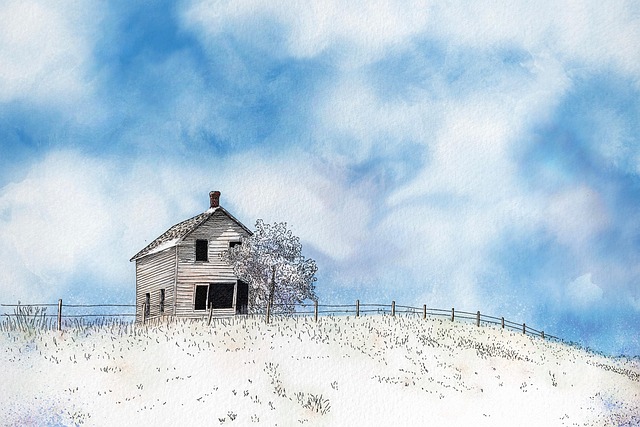In New Bedford, a well-maintained fence not only enhances outdoor spaces but also provides security and privacy. However, fences often face common issues such as rot, damage from extreme weather, and poor installations. This article guides you through understanding these problems, selecting the perfect fence style and material for your needs, learning the installation process with a step-by-step guide, and offers essential tips for maintaining your new fence to ensure longevity.
- Understanding Common Fence Issues in New Bedford
- Choosing the Right Fence Style and Material
- The Installation Process: Step-by-Step Guide
- Maintaining Your New Fence for Longevity
Understanding Common Fence Issues in New Bedford
In New Bedford, like many areas, fences face a range of common issues due to environmental factors and typical wear and tear. One of the most frequent problems is rot, particularly in wooden fences. Prolonged exposure to moisture can weaken the structure, leading to broken posts and warped panels. Another widespread issue is damage from pests, such as termites and carpenter ants, which can infiltrate and destroy fence materials over time.
Weather plays a significant role too; extreme temperatures and storms can stress fences, causing posts to loosen or chains to rust. Additionally, poor installation or inadequate maintenance can result in uneven settling, leading to gaps between pickets or skewing of the fence line. Identifying these issues early is crucial for preventing further damage and ensuring the longevity of your fence.
Choosing the Right Fence Style and Material
Choosing the right fence style and material is an essential step in ensuring your New Bedford property gets the protection and aesthetic appeal it deserves. Start by considering the purpose of the fence – whether it’s for security, privacy, or purely decorative. Each has its own unique requirements; a privacy fence should be solid and tall, while a security fence may need to be robust with added reinforcement. The style can range from traditional wooden picket fences to modern vertical slat designs or even intricate wrought iron patterns.
The material selection is equally crucial. Wood offers natural beauty but demands regular maintenance, whereas vinyl requires less upkeep but might not match the visual appeal of wood. Concrete and metal provide durability and low-maintenance benefits, ideal for high-traffic areas or where aesthetics take a back seat to functionality. Matching your fence style and material to your property’s existing landscape and architectural design will ensure a harmonious look that enhances your living space.
The Installation Process: Step-by-Step Guide
When it comes to new Bedford fence installation, understanding the process is key to ensuring a sturdy and aesthetically pleasing result. Here’s a step-by-step guide that outlines the typical procedure:
1. Preparation: Begin by clearing the area where the fence will be installed. Remove any debris, plants, or existing structures that might interfere. Measure and mark the perimeter of your desired fence line using stakes and string to ensure accuracy. Obtain necessary permits from local authorities if required.
2. Site Preparation & Post Placement: Dig holes for the fence posts according to the measured dimensions. Ensure the soil is loose enough for proper post placement. Place concrete in the holes, allowing it to set fully. This provides a solid foundation for your fence. Once the concrete cures, attach the horizontal rails to the posts using brackets or nails, securing them firmly.
Maintaining Your New Fence for Longevity
A newly installed fence is an investment, and proper maintenance can ensure it stands strong for years to come. Regular cleaning and inspection are key; remove any debris, leaves, or dirt that may accumulate, as these can cause damage over time. Check for loose posts, panels, or hardware, and address these issues promptly to prevent further problems.
Painting or sealing your fence annually can also extend its life, protecting it from the elements and preventing rot or rust. Be sure to use products designed for outdoor use and follow manufacturer instructions for application. With simple care and attention, your new Bedford fence will remain a beautiful and secure addition to your property.
